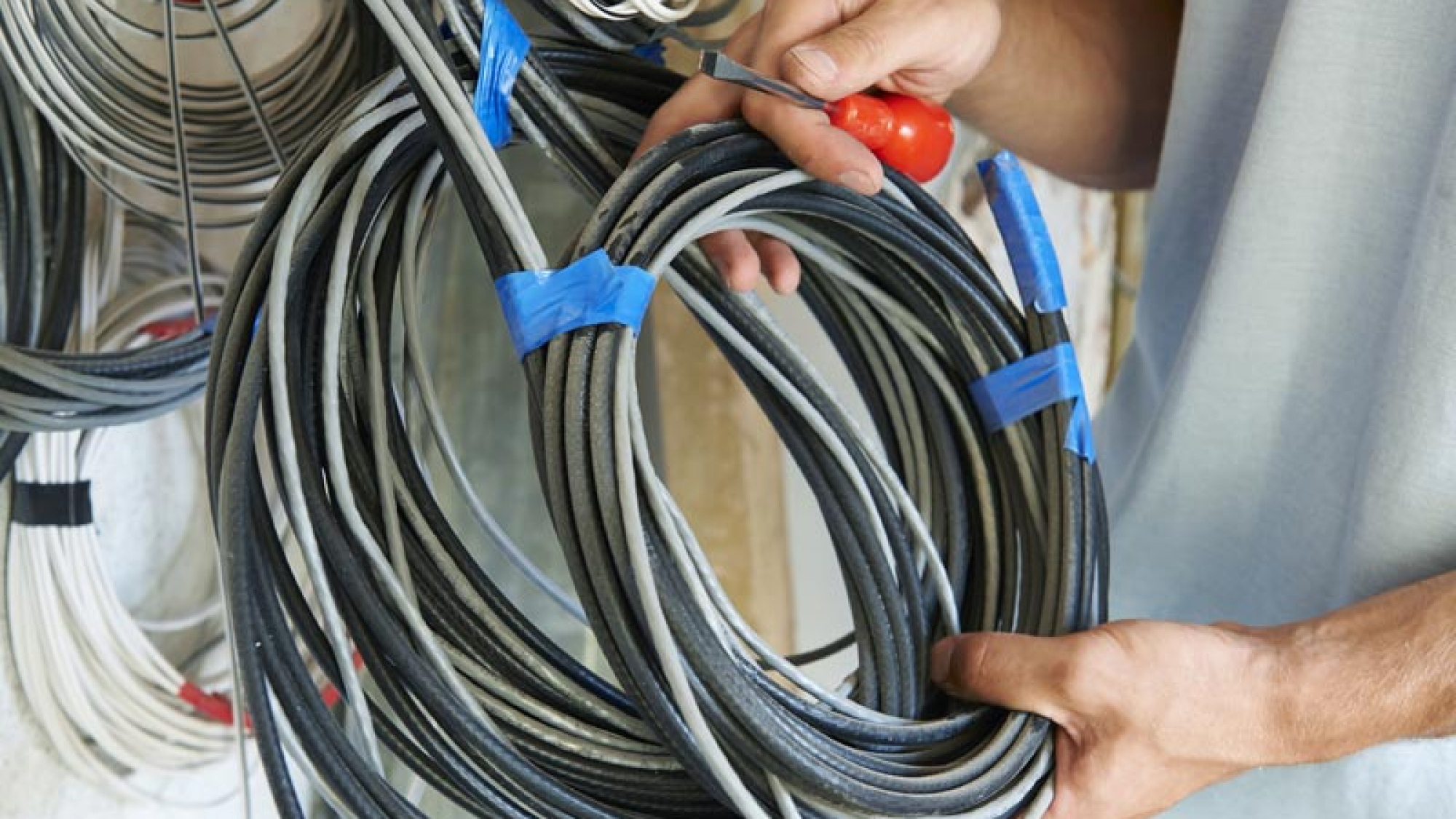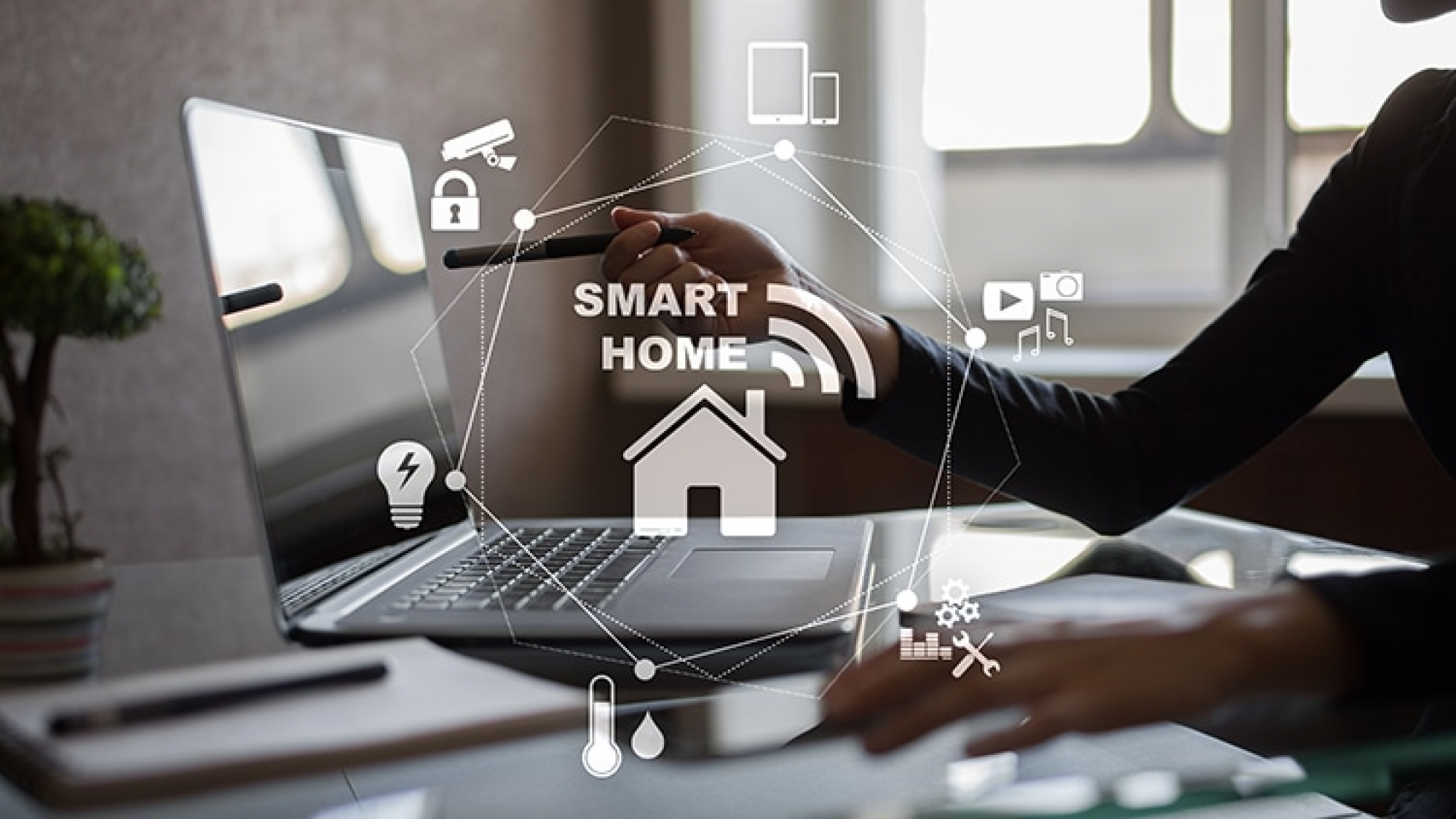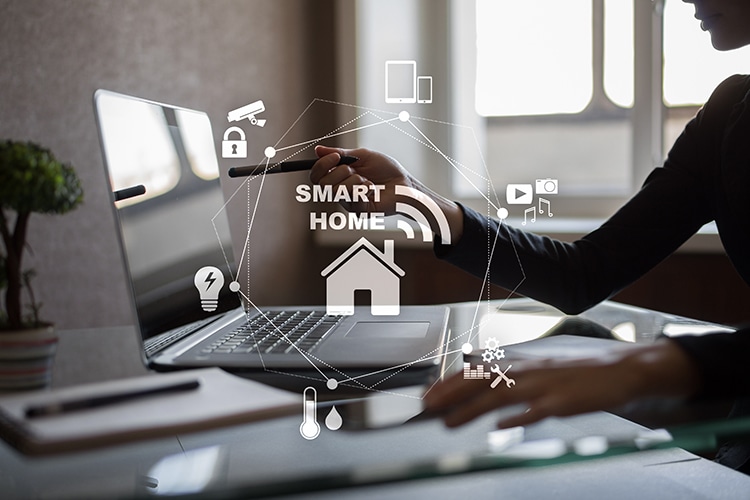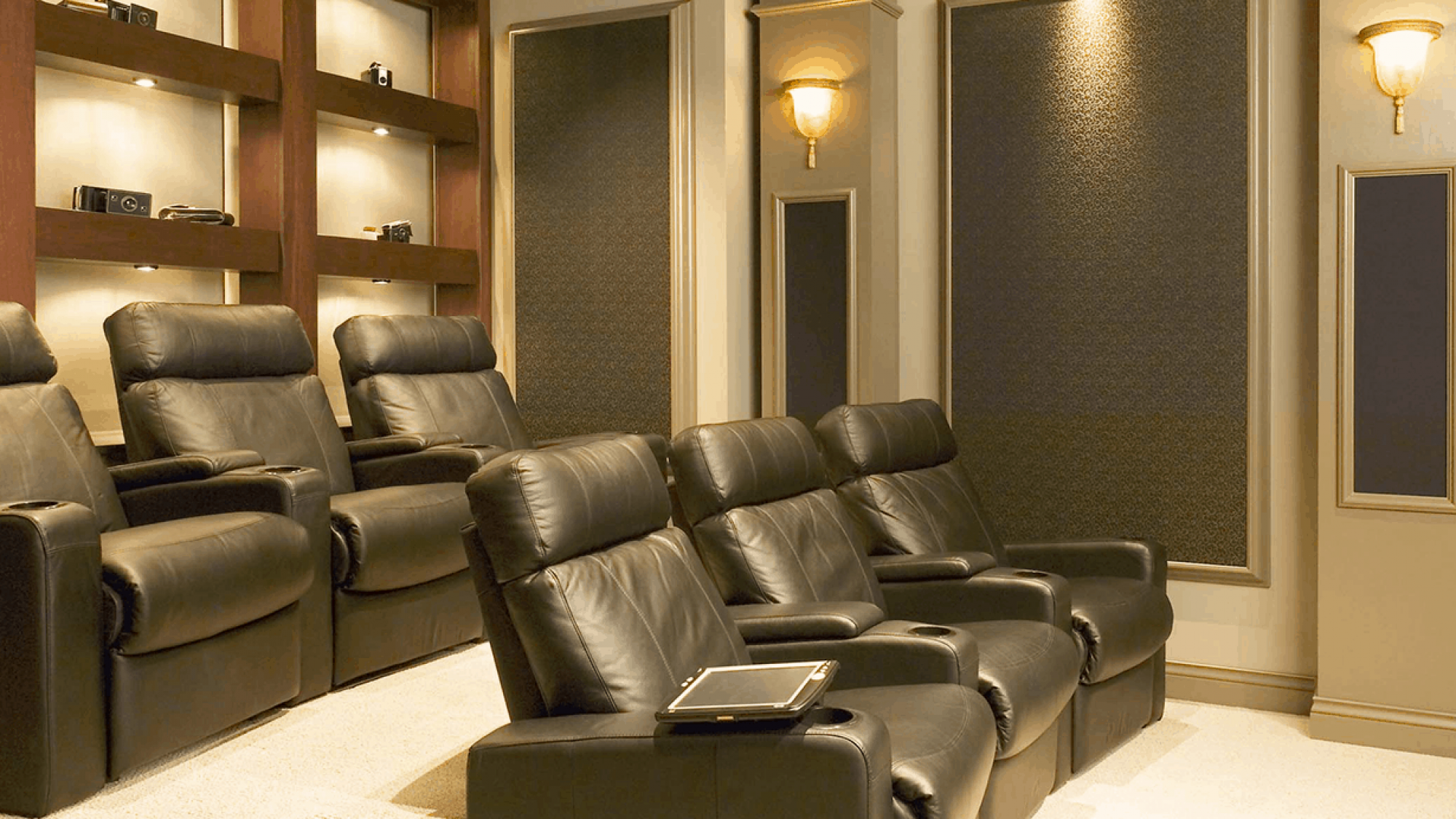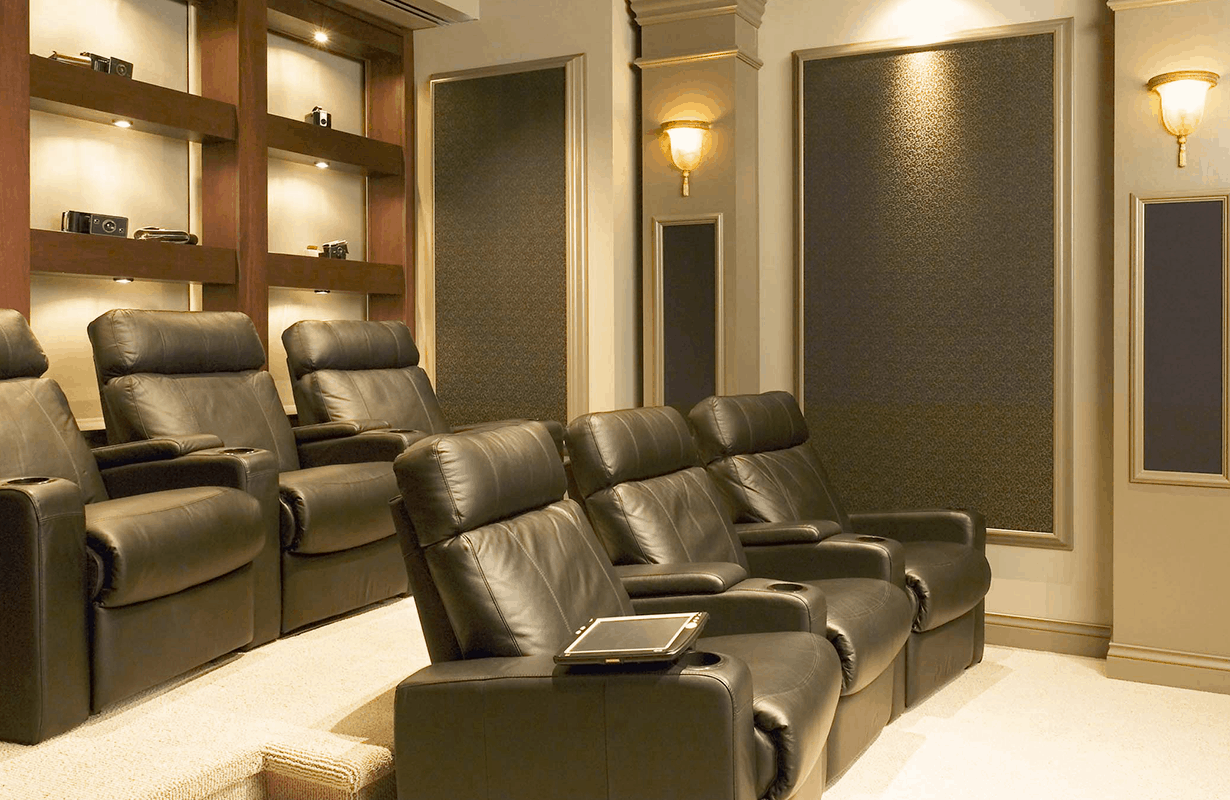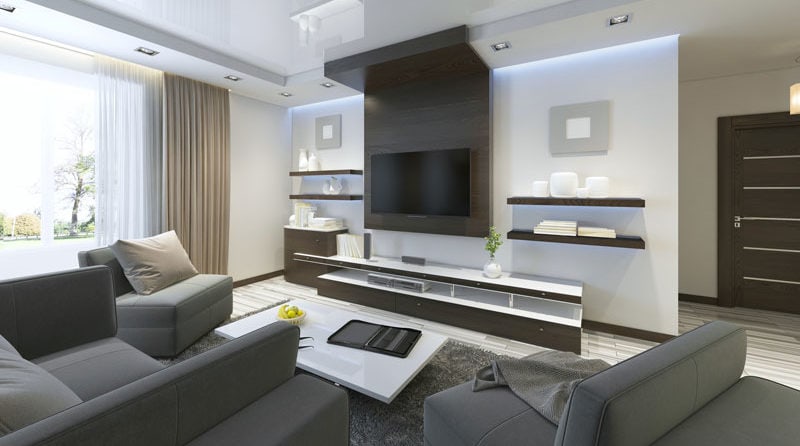Types of Electric
Wiring Needed
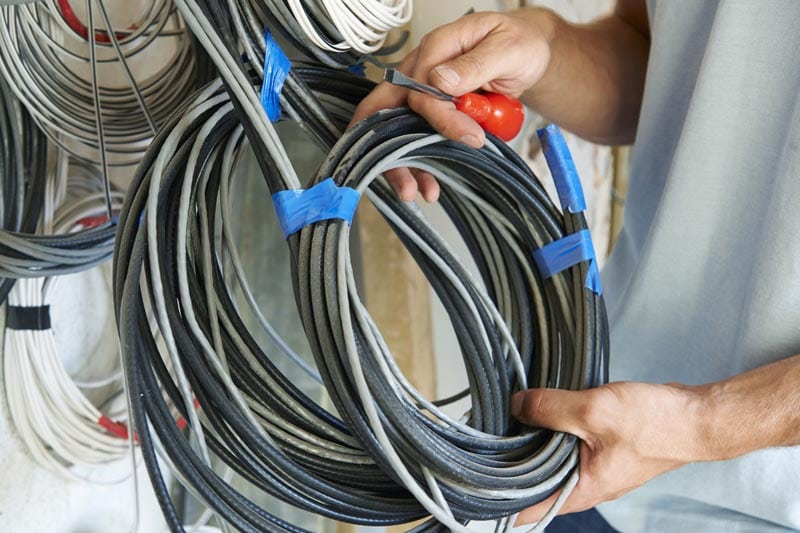
Do not forget about the electrical needs for all your entertaining goals. Your community’s clubhouse is the perfect place for every type of party, but the party will be over before it starts if there is a short (or worse, a fire).
So how do you know what types
of electric wiring you need ?
This article explains what exactly is inside an electric cable and what type you need for different appliances. Read the details below to understand more about your clubhouse wiring options.
Types of Electric Wiring
Houses are wired with concealed conduit wiring, meaning that the wires are behind the wall inside a conduit or tube of some kind (usually steel). The cable used inside the conduits is Romex cable.
Romex wiring is a brand name, but it is also a generic name for NM or NMC cable, referring to Non-Metallic sheathing that covers the outside of the cable.
Cable classification uses two numbers, separated with a hyphen, for example, 10-2 or 14-3. The first number is the gauge (or physical size/diameter), and the second number is how many conductors are inside the cable.
Inside each cable are several tiny wires bundled together. The number of conductors (referred to by the second number) is one less than the actual number of wires that will be inside the cable. Always add one extra for a ground wire.
Thus, inside a 12-2 cable, you will find three wires, one hot, one neutral, and one ground. What is the point of knowing the size of your wire?
Reasons for Wiring
The goal when wiring a clubhouse (or any home/structure) is to be able to power your devices without overheating. Various wiring sizes allow you to conduct different amounts of current. The larger the diameter of the cable, the more current it can conduct.
Some standard wiring projects you have to account for in new construction are:
» Light switches (many types)
» Ceiling fans
» Exhaust fans
Every clubhouse needs a kitchen, so there are appliances to consider as well. Refrigerators get wired differently than ranges and other appliances because they run on a different amperage. These will require a larger wire.
You will also need to consider a complete home audio system because no clubhouse gathering is complete without music. Whether you listen on vinyl or by streaming, it is important to wire the system correctly to achieve your entertaining and hospitality goals.
If your clubhouse will have a media room, you will probably want a motorized TV lift. Consider the various lighting controls for all your entertaining possibilities.
Most importantly, wireless internet and security should be a main priority for your clubhouse. There will be routers, extenders, fiber, and many other considerations to consider in planning the wiring to support these devices.
Gather Together
For each size gauge of wiring, you can power different amperage electronics and appliances. We can help with all types of electric wiring for a community clubhouse. We can handle anything from internet and security to the whole-home audio system, as well as light switches and the kitchen appliances.

